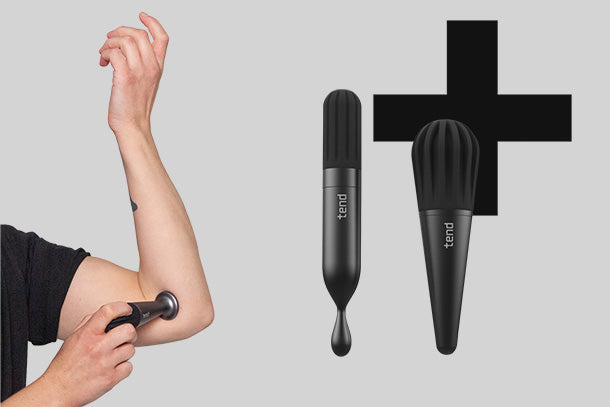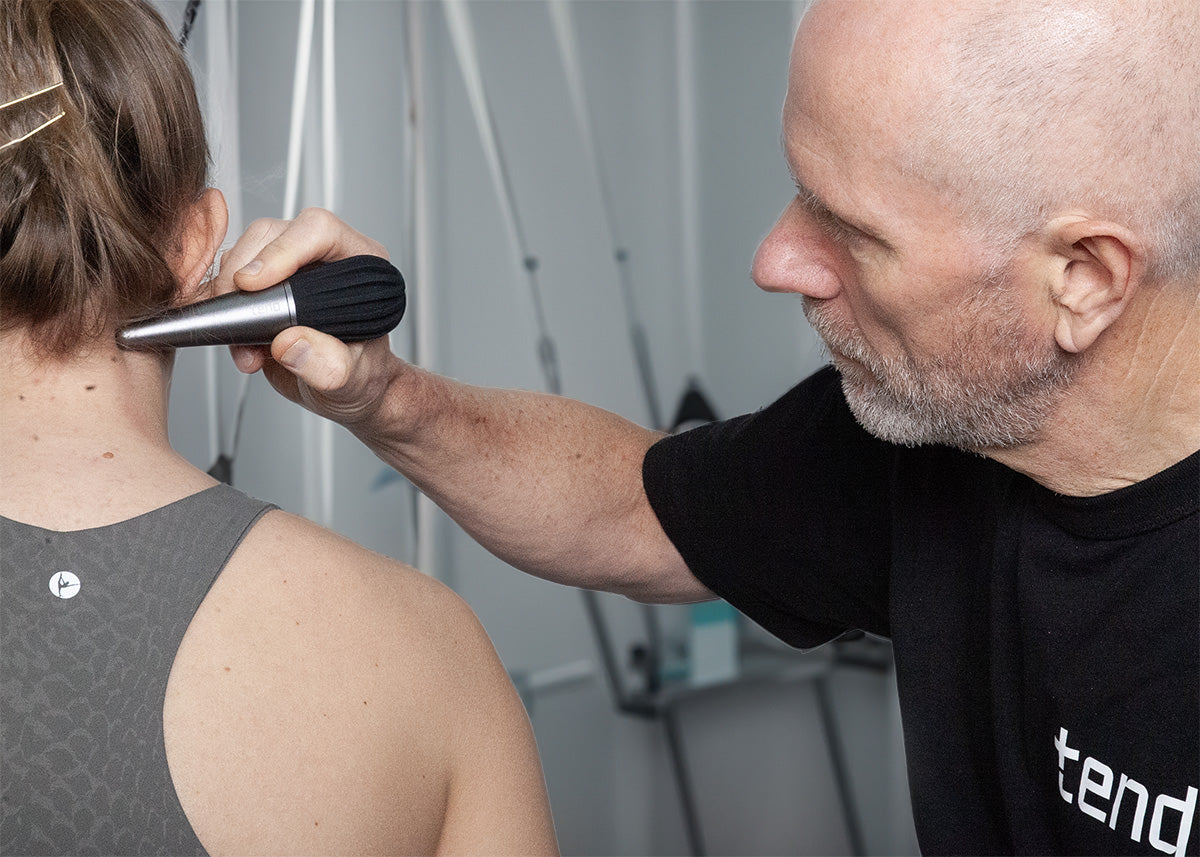
Are you a health professional?
Tend for Professionals: The Tailor-Made Program for Dedicated Physical Rehabilitation Professionals
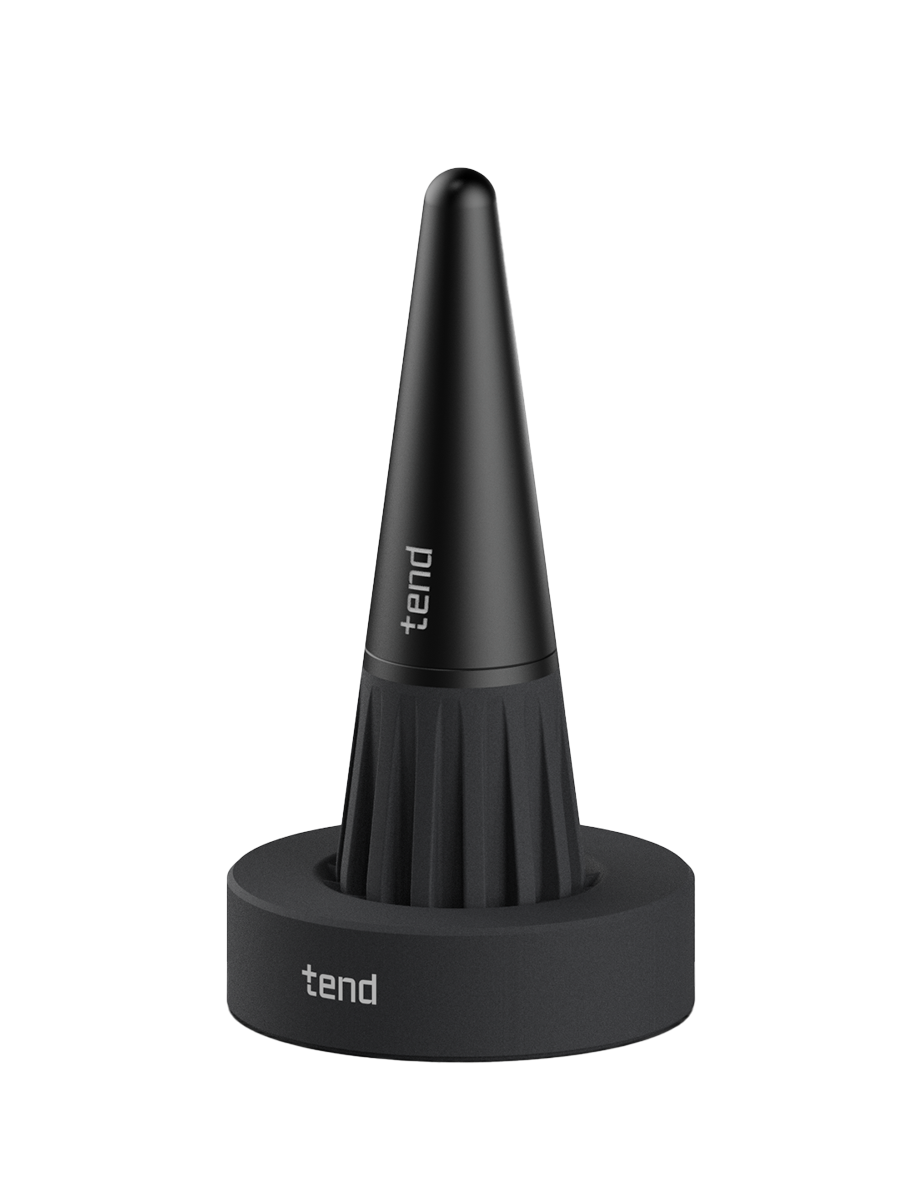
So how does it work?
TEND tools will fit seamlessly into the treatment rooms of a wide range of forward thinking manual and massage therapists.
Tend offers a range of innovative high frequency focal vibration tools.
Our tools operate at a higher frequency and lower amplitude than other therapeutic vibration devices and massage guns. Tend tools feel gentle and can be used even over very sensitive and tender regions. Large areas of tissue can be quickly scanned and hypersensitive/tender areas are easily identified by you and your clients.
The relatively gentle feel of Tend tools does not hinder their ability to powerfully treat even the most stubborn and long standing sensitivity, pain and injury.
This precise, gentle approach is ideal for reducing hypersensitivity, enhancing tissue mobility and facilitating recovery. It can to blended with conventional manual therapy and soft tissue treatments. Ideal for treating throughout the layers of the body, focal vibration has a role to play in treatment from skin lesions to deep joint and muscular problems.
Tend can be integrated into treatment plans for conditions like tendonitis or post-surgical rehabilitation. The focal vibration of tend tools is suitable to treat everyone from complex chronic pain to elite athletes.
Tend are loved by therapists and patients alike for its ease of application, simplicity of use, and its real-time results.
Tend's portability and ease of use allow for in-clinic application and patient home use, making it a versatile addition to any practice committed to cutting-edge patient care solutions. Our generous professional referral program allows you to offer discounts and make income from clients purchasing their own device.
Broadly TEND tools are a form of focal vibration therapy (FVT) This is a broad term that refers to both massage guns and devices fixed to the body, delivering vibration at a range of speeds, amplitudes etc.
This application of vibration, termed **focal vibration therapy (FVT)**, has been gaining scientific interest for its potential therapeutic benefits. While research is ongoing, existing evidence suggests FVT, delivered through vibration guns, may offer various advantages for muscle function, pain management, and rehabilitation.
Understanding FVT
FVT differs from whole-body vibration (WBV), which involves standing or sitting on a platform that vibrates the entire body. FVT, on the other hand, focuses vibrations on specific muscles or groups of muscles using a handheld device with an oscillating head. This targeted approach allows for precise manipulation of the vibration frequency, amplitude, and duration tailored to individual needs.
Potential Benefits of FVT:
1. Improved Muscle Performance:
Studies suggest FVT can enhance muscle performance in various ways. Applying vibrations before exercise may increase muscle blood flow and activate the nervous system, potentially leading to improved strength and power output [4]. Additionally, FVT applied after exercise may facilitate muscle recovery by promoting blood flow clearance of metabolic waste products like lactate, potentially reducing muscle soreness and fatigue [5].
2. Pain Management:
FVT shows promise in managing pain through various mechanisms. The vibrations are thought to stimulate the release of endorphins, the body's natural pain-relieving chemicals [2]. Additionally, FVT may desensitize pain receptors, offering temporary relief from chronic pain conditions like arthritis and muscle tension [3].
3. Enhanced Neuromotor Function:
FVT may benefit individuals with neurological conditions like stroke or Parkinson's disease by stimulating the proprioceptive system, which provides information about body position and movement. This stimulation may improve balance, coordination, and muscle control [1].
4. Rehabilitation and Recovery:
FVT is increasingly being explored as a tool for rehabilitation following injuries or surgery. Studies suggest it may promote tissue healing, reduce muscle atrophy, and improve joint range of motion, aiding in the recovery process [6].
5. Flexibility and Myofascial Release:
FVT can be used to address tight muscles and fascial restrictions. The vibrations may help relax and lengthen muscle tissue, affecting local mechanoreceptors, potentially improving flexibility and range of motion [7].
Research and Considerations:
While the research on FVT is promising, it is crucial to acknowledge that the field is still evolving. Studies have shown varying degrees of effectiveness depending on factors like the specific condition, treatment parameters, and individual differences. More robust research is needed to fully understand the long-term efficacy and optimal protocols for various applications.
* Please find all numbered research here in our Research & Evidence Page.
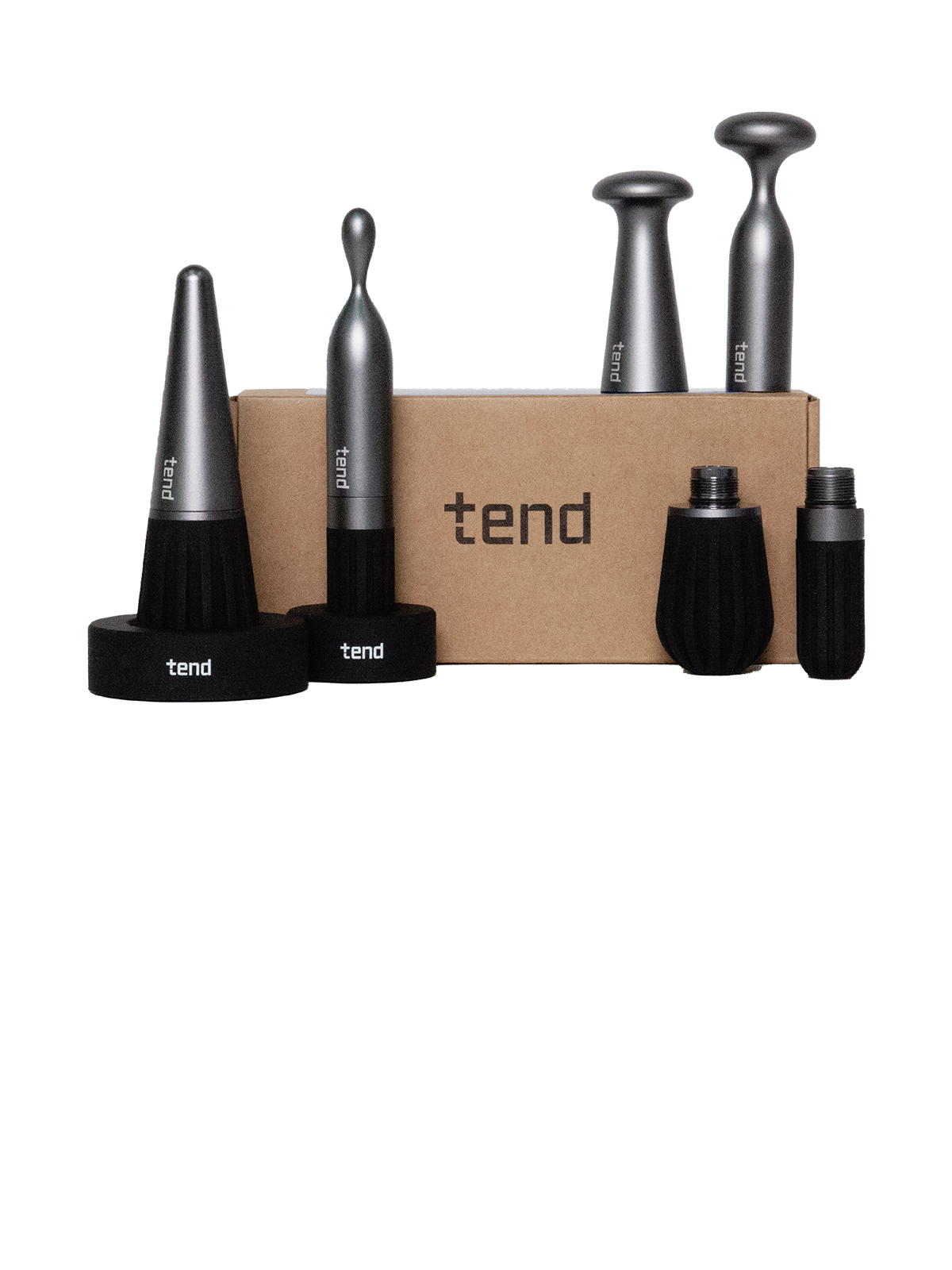
What Tend can do for you.
- Special pricing for your patients.
- Special pricing for you.
- Commission on online sales.
- Get featured on our website, with a link to your practice.
- Great for using on yourself after a long day of appointments.
- And most importantly satisfied, cared for patients!
or email us at tendforprofessionals@tend.global with any questions.
Tend was developed in collaboration with professionals like you.
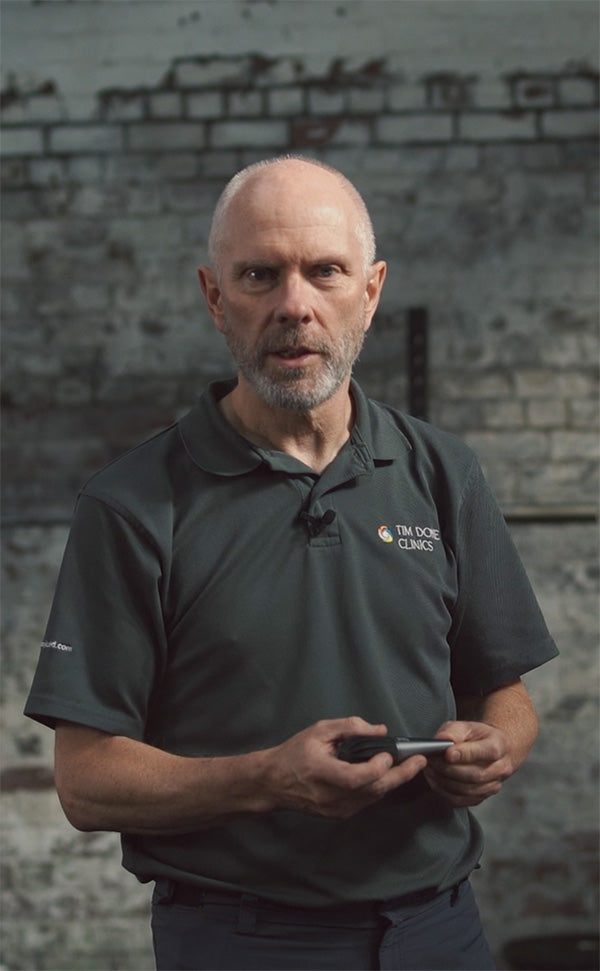
Tim Done
Tim is a highly skilled Sports Massage Therapist based in Skipton, North Yorkshire, specializing in biomechanics. He provides expert treatment to a diverse range of clients, including national and GB representatives in athletics, karate, climbing, field hockey, and powerlifting.
Since 2022, Tim has been an integral part of the Tend community, utilizing Tend devices to enhance his practice and contribute to the development of new products and training materials. His expertise and hands-on experience make him a valuable resource in the field.
Outside of his professional work, Tim is an avid long-distance walker, fell runner, and a dedicated Yorkshire Masters hockey player, reflecting his passion for sports and fitness.
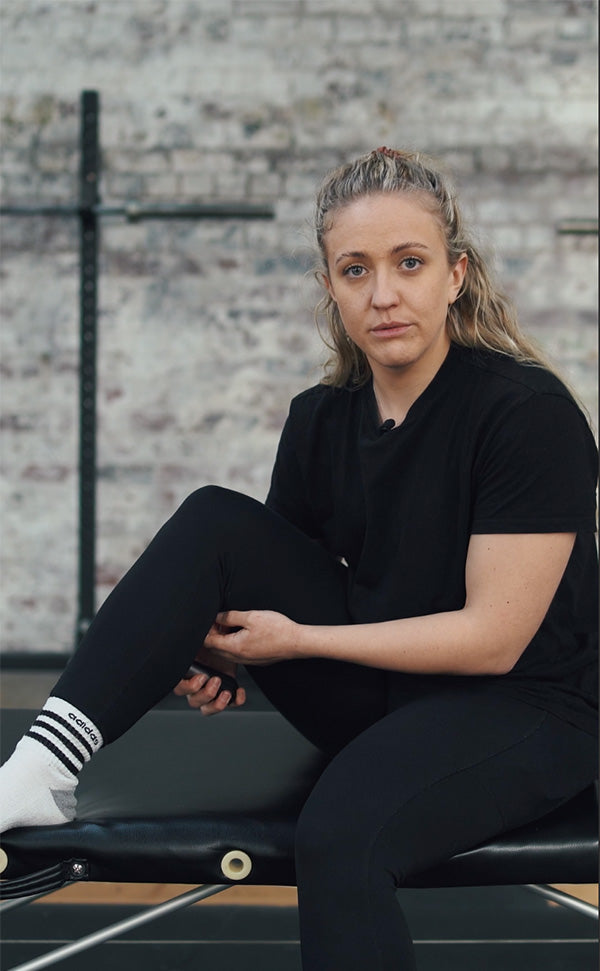
Holly Stirk
Holly is a skilled Sports and Holistic Therapist based in West Yorkshire, blending sports therapy with holistic practices to enhance overall health and well-being. She provides targeted treatments for injury recovery and athletic performance, using techniques like massage, acupuncture, and therapeutic exercises.
Holly has also been a key contributor to our informational videos, bringing her expertise to the forefront and proving to be an invaluable asset to our team. Her combined focus on therapeutic care and content development highlights her commitment to advancing client wellness.
Add Tend to your arsenal of therapy tools.
So if this is something you would be interested in. Get in touch
